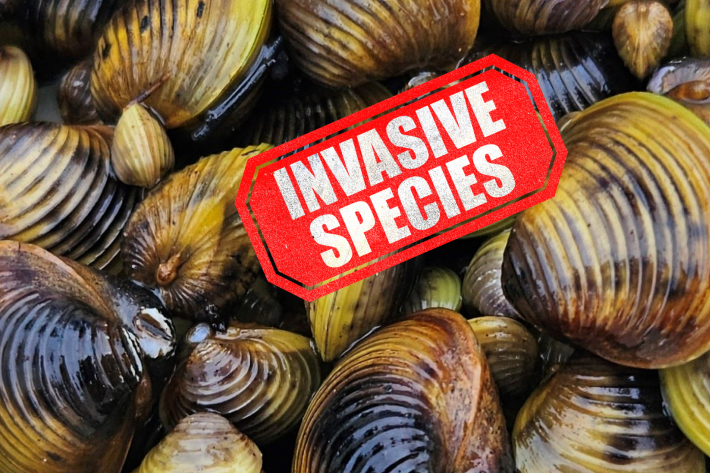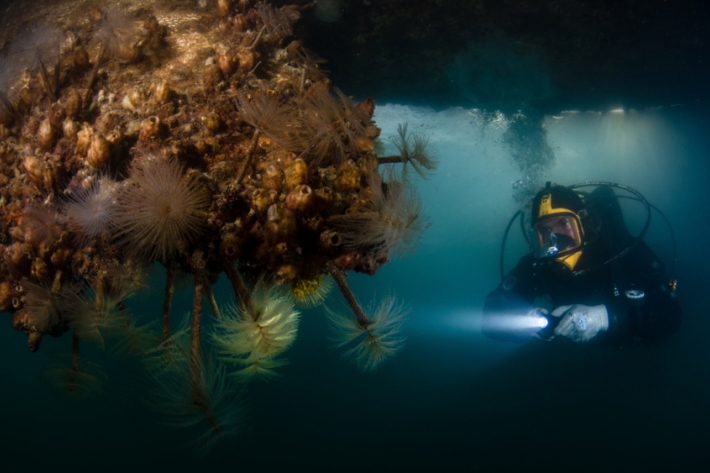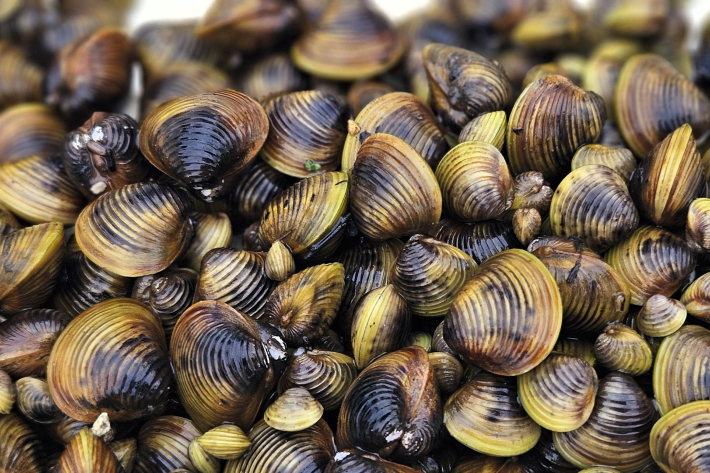-

Stopping the gold clam: it's now or never
A NIWA-led programme to develop effective, and culturally-attuned strategies for managing the freshwater gold clam. -

Marine biosecurity
ServiceIntroduced pests and diseases can harm the health of Aotearoa New Zealand's marine ecosystems, our seafood industry, and the social and cultural benefits that we derive from the sea. -

It’s breeding season for invasive clam
Media release20 November 2025Earth Science NZ researchers are seeing signs that the breeding season for the invasive freshwater gold clam (Corbicula fluminea) has begun. -

Programme update June 2025
In this update we report on research activities over the last three months in the field, the lab and the development of a new resource. -

International collaborations
NIWA hosted a visiting scientist, Dr Cao, from the Wuhan Botanic Gardens, Chinese Academy of Sciences over January and February 2025. -

Identifying the gold clam
Know your invasive gold clam from your native pea clam and kaakahi/kaaeo. -

Invasive gold clam and kaakahi population survey
Assessing depth specific distribution and relative abundance of gold clam and kākahi at Lakes Maraetai and Karaapiro. -

Using artificial samplers to test the presence and settlement of juvenile gold clams
Filter traps are being used to study the invasive gold clam in the Waikato River. -

Exploring clam impact on native aquatic plants
The invasive gold clam (Corbicula fluminea) can reach very high population densities, which can harm freshwater ecosystems. -

Innovative Methods in Tackling Pest Fish: The Power of Sound and Light
Publication article20 March 2025Could bubbles and strobe lights stop pest fish swimming where they’re not wanted? -

Gold clam life cycle
Learn more about gold clam life cycle -
Gold clam anatomy
The invasive gold clam is native to eastern Asia and is widely established in North and South America and Europe. In New Zealand it was first discovered in the Waikato River in May 2023 at Bob's Landing, within Lake Karāpiro. It has been declared an unwanted organism under the Biosecurity Act.
